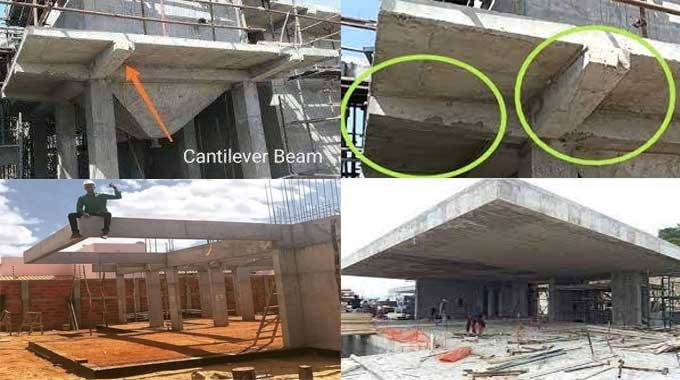
How to Design a RCC Cantilever Beam
A Cantilever beam is a stiff structural element supported at one end and frees at the other. A cantilever beam constructed of concrete or steel with one end cast or fastened to vertical support can be used. It's a horizontal beam with a free end that's subjected to vertical loads.
A cantilever is an extension of a continuous beam in construction, and it is a segment of a cantilever girder in a bridge. It can be built either cast-in-place or segmentally using pre-stressing techniques.
Overhanging structures can be built using cantilever construction, which eliminates the need for additional supports and bracing. This structural element is commonly utilized in the construction of bridges, towers, and buildings, and it can give the structure a unique look.
Functions of Cantilever Beams
A cantilever beam has one end that is supported and the other end that is unsupported. There is free space under the beam instead of bracing or support structures running the length of the beam and extending to both ends.
Cantilever beams are commonly utilized in construction, with balconies and cantilever bridges being two of the most common examples. Cantilevers are incredibly robust and structurally sound, but there are certain things to keep in mind.
Factors determining Cantilever length
Before allowing the proposed cantilever length, a structural designer must consider all of these factors:
- The maximum span is determined by the maximum deflection that may be sustained at the extreme end. Most design regulations define the deflection limit for cantilever beams as L/180 for live load and L/90 for combined dead and live load.
- The maximum span is determined by the beam's substance (wood, steel, or concrete).
- The greatest span is determined by the depth (and, by coincidence, the moment of inertia) of the beam's cross-section.
- The maximum span is determined by the strength of the connection at the supported edge of the beam.